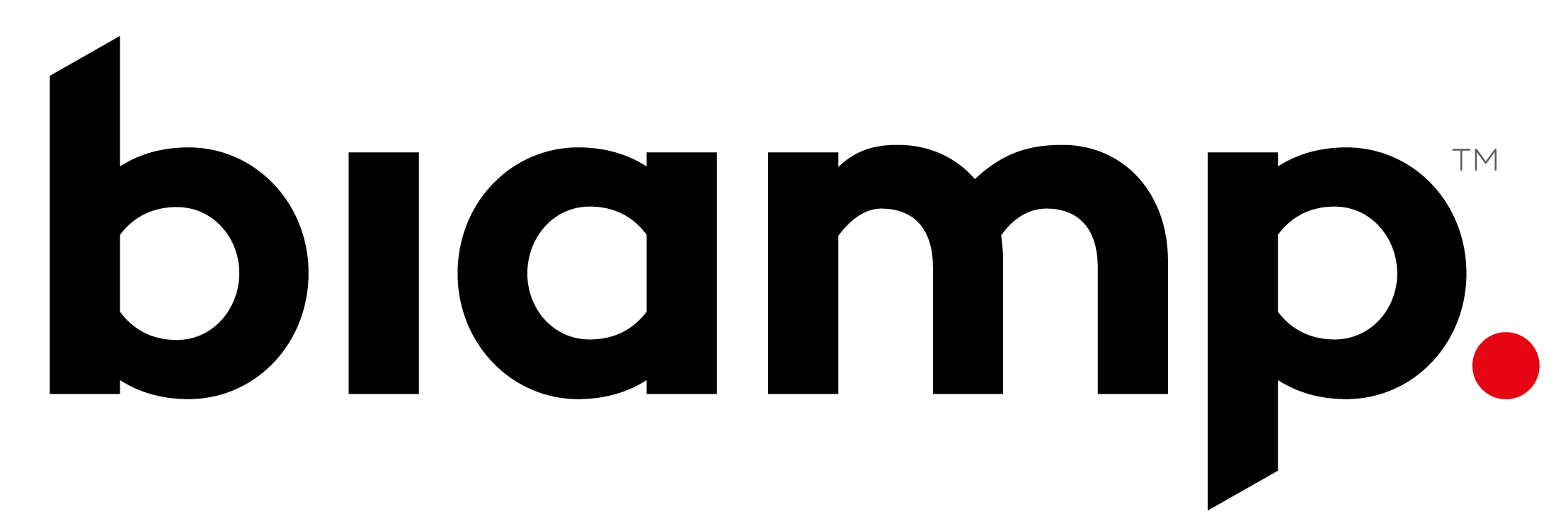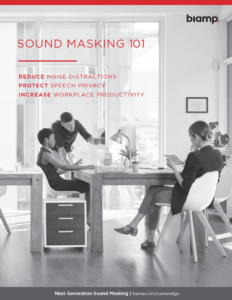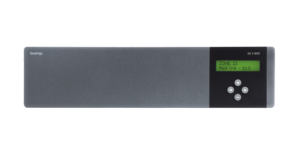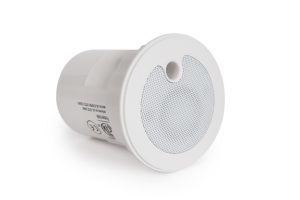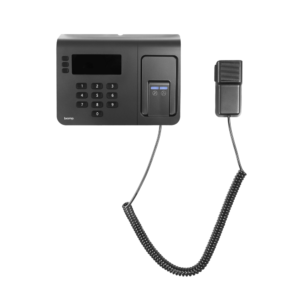Government & Military
Sound Masking in Government & Military
Government offices and military facilities collect and use sensitive information to carry out their missions. The Code of Fair Information Practice, established in the Privacy Act of 1974, governs the collection, storage, use, and release of personally identifiable information. Typical methods for preventing unauthorized access to personal information or classified proprietary and tactical information focus on securing computer servers and electronic communications. Securing verbal communications from being overheard or recorded by specialized audio equipment is often underserved due to high construction and labor costs.
Protect sensitive information and secure verbal communications from being overheard with a sound masking system by Cambridge Sound Management in government & military settings.
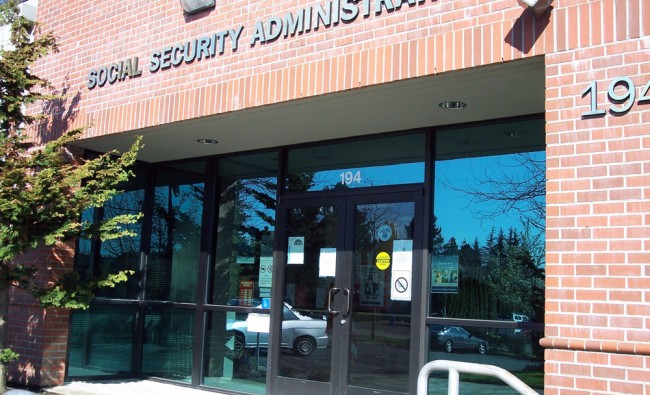 Case Study: Social Security Administration
Case Study: Social Security Administration
Cambridge Sound Management has retrofitted over 60 Social Security Administration (SSA) field offices in 18 states.
Learn about our eavesdropping protection solutions >>
Industry Challenges
- The Privacy Act of 1974 prohibits the disclosure of personal information and makes agencies responsible for client losses.
- Concern of electronic espionage in some government facilities.
- Various LEED initiatives including legislation, executive orders, resolutions, ordinances, policies, and incentives are found in 442 localities, in 34 state governments, in 14 federal agencies or departments, and numerous public school jurisdictions and institutions of higher education across the United States. In February 2008, DOE Order 430.2B and a memorandum issued by the Secretary of Energy to DOE leadership directed heads of departments to adhere to Executive Order 13423 by having all new Department buildings and major renovations with a value of $5M or greater earn LEED Gold certification beginning October 1, 2008.
Are you ready to add sound masking to your space? Click here to start planning your sound masking project with one of our professionals.
Applications
- Waiting Rooms
- Open Offices
- Sensitive Compartmented Information Facilities (SCIFs)
- Private Offices, Corridors, and Conference Rooms
- Customer Success Stories
Challenges
- Client personally identifiable information can be overheard by others waiting for service.
- Sensitive information can be overheard from adjoining offices.
Cambridge Sound Management sound masking systems
- Increase client and staff privacy by reducing the intelligibility of speech in the waiting room and nearby offices.
Challenges
- An increase in operating costs has led businesses to maximize existing space, leading to more employees in the same workspace.
- With smaller workstation footprints, noise levels increase significantly and worker speech privacy decreases.
- Cubicle wall heights have dropped significantly to enable better worker collaboration and provide a more open environment.
- Most worker mistakes and lower individual productivity can be attributed to workplace distractions such as overheard conversations.
Cambridge Sound Management sound masking systems
- Improve worker performance nearly 10% by reducing conversational distractions according to scientific research.
- Address the need for acoustic treatment outlined in upcoming LEED Commercial Interiors Certification. Also mitigates the acoustic issues created by windows to meet the LEED requirement for daylighting and views.
Challenges
- The Director of Central Intelligence Directive 6/9 (DCID 6/9) Physical Security Standards for Sensitive Compartmented Information Facilities manual lays out the explicit requirements for the construction and maintenance of a SCIF. Annex E of the DCID 6/9, details the requirements and techniques for acoustic control and sound masking. Section 3.1 states that “[w]hen normal construction and baffling measures have been determined to be inadequate…sound masking shall be employed” and may include “vibration and noise generating systems located on the perimeter of the SCIF.”
Qt® sound masking systems
- Allows for demountable walls and doors to be installed, increasing facility flexibility and reducing construction costs.
- Helps organizations achieve the DCID 6/9 requirements for meeting an STC rating of 45 or better (Sound Group 3 & 4). Helps to ensure that conversations within the SCIF are secure from electronic surveillance and from being over heard.
Challenges for the space
- To minimize construction costs, demountable walls are being installed which only extend up to the ceiling, not to the deck, allowing spillover of sound through the plenum into adjacent work areas.
- Workers expect a level of speech privacy in collaborative spaces, such as conference rooms, that is rarely accomplished with the construction techniques being used.
Cambridge Sound Management sound masking systems
- Cover sound that “spills” between adjacent work environments.
- Mask conversations in adjoining hallways from being distracting to conference room meeting participants.
- Mask conversations in conference rooms from being overheard in adjoining offices or hallways.
Our financial customers are highly satisfied with the results of our Qt Quiet Technology sound masking systems. Learn more about their results in the following case studies.
